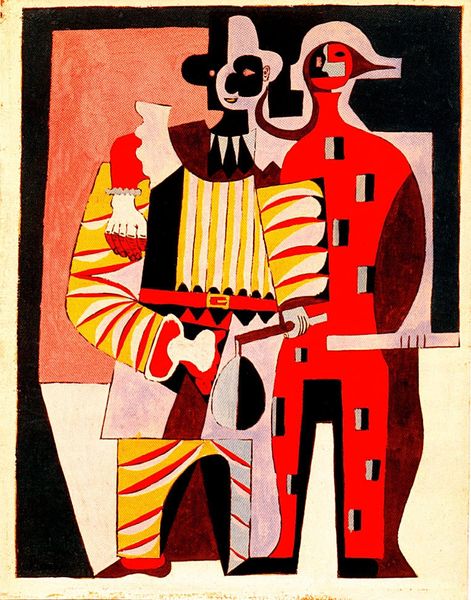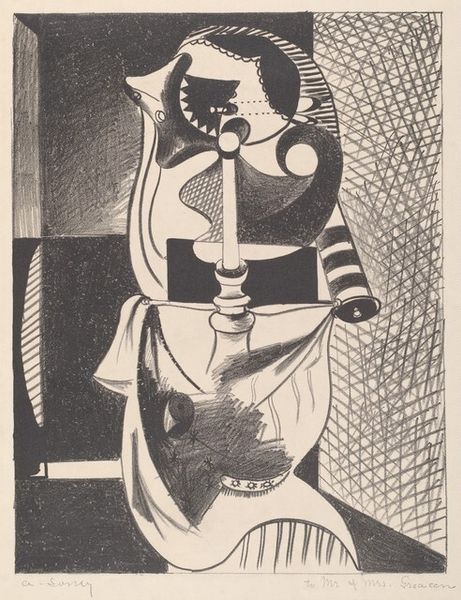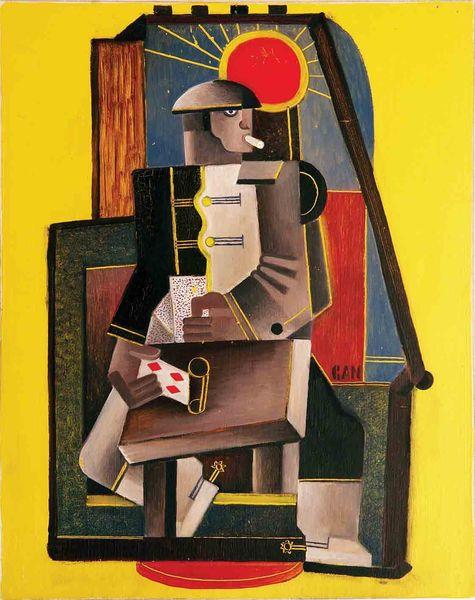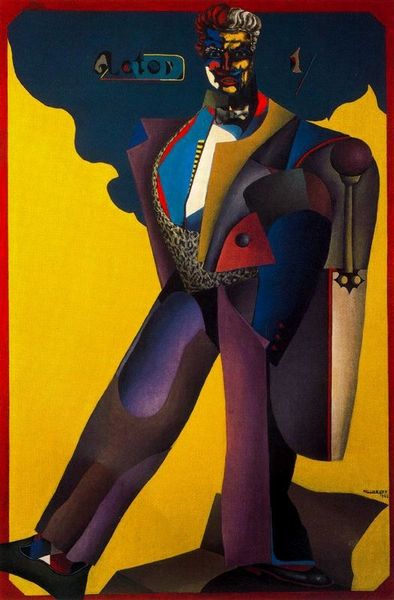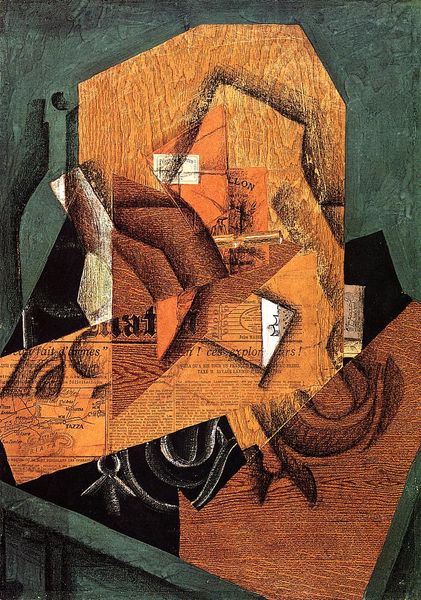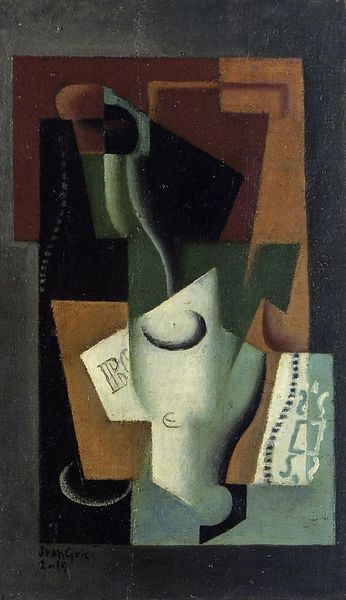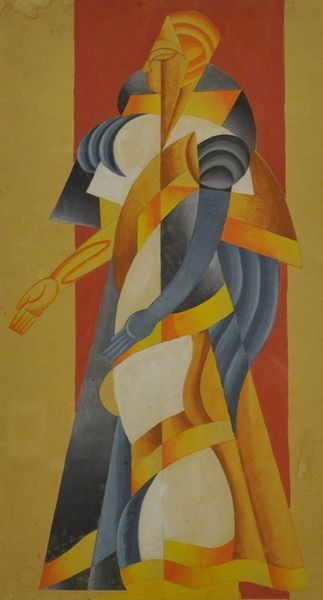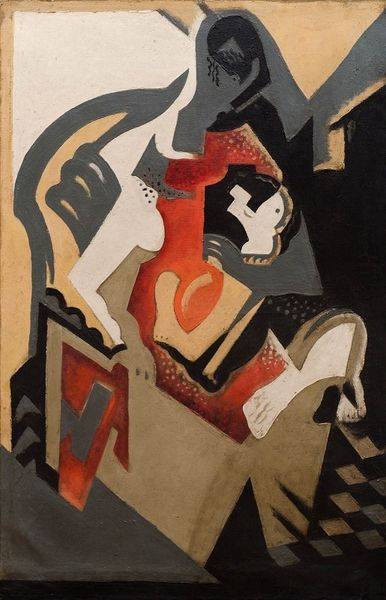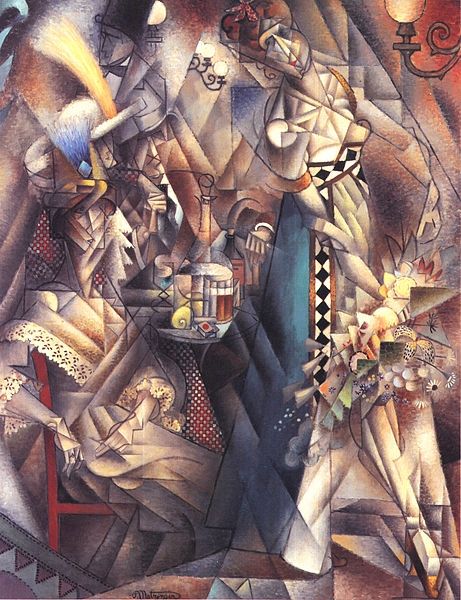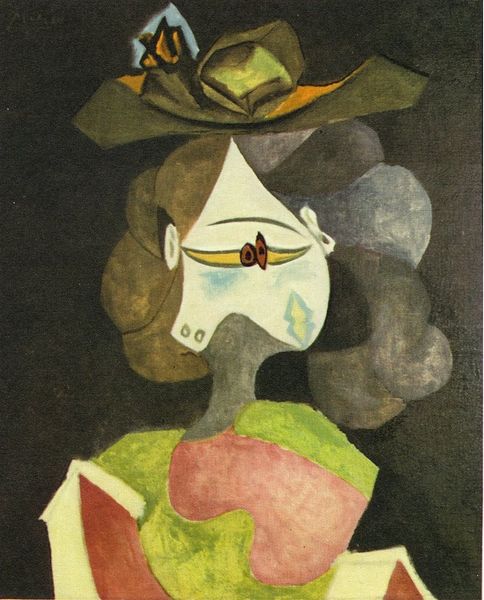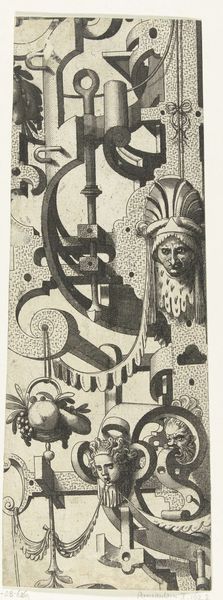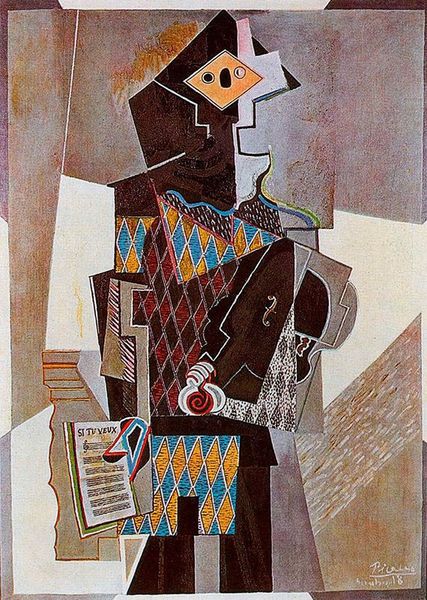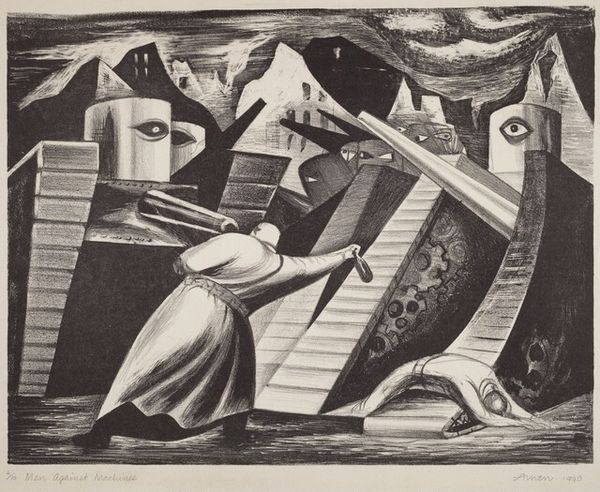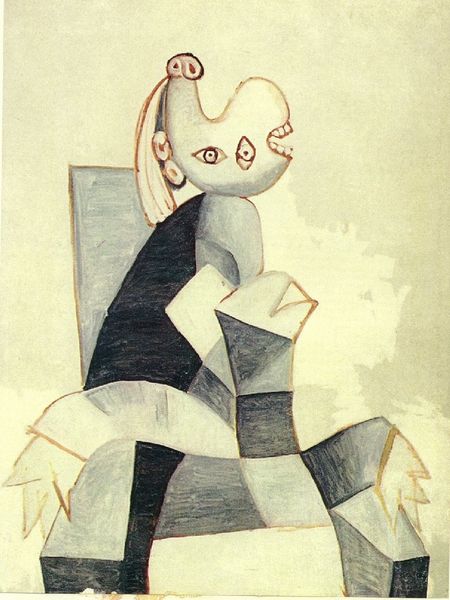
painting, oil-paint
#
portrait
#
painting
#
oil-paint
#
sculpture
#
mannerism
#
oil painting
#
history-painting
#
portrait art
Dimensions: 97 x 71 cm
Copyright: Public domain
Curator: Standing before us is Giuseppe Arcimboldo's "The Librarian," painted in 1566. It currently resides at Skokloster Castle in Sweden, crafted with oil paints. It's certainly... unusual. Editor: Unusual is one way to put it. My immediate impression is controlled chaos, wouldn't you say? There's something both comical and unsettling about a human form rendered entirely from books. Curator: Precisely. Consider the Mannerist style, a break from High Renaissance ideals, embracing artifice. Look at how Arcimboldo constructs the figure. It's all about the *making* of this being. The book's textures and arrangement, and the careful layering, they speak volumes about his labor and intention. Editor: Indeed. I’d argue it’s far more than just technique; we should think about context here. The figure of "The Librarian" might signify the power, and simultaneously the burden, of knowledge within a patriarchal system that traditionally excluded women from scholarly pursuits. Does the painting critique or celebrate such roles? Curator: An intriguing proposition! We know that Arcimboldo worked in the court of Ferdinand I; therefore, the objects depicted—the books—held value and prestige. "The Librarian" isn't necessarily mocking the intelligentsia but highlighting the materiality of intellectual capital, books as valuable objects produced in particular ways by human hands. Editor: Perhaps, yet let’s also recall the Reformation. Books aren't simply neutral objects; they contain potentially revolutionary ideas. Arcimboldo created this at a fraught time. Was he suggesting libraries contain repressed and restricted ideas that threatened the powerful, represented here under the guise of honoring the Librarian? Curator: That gives me something to consider, for sure! By deconstructing the human form in this way, Arcimboldo prompts us to consider how identity itself can be assembled. Each meticulously rendered book represents a building block, literally constructing the persona of the Librarian through artifice. Editor: Thank you, that's a potent insight. The ambiguity allows viewers to connect to wider questions of censorship and authority within 16th-century society. Who controlled access, and what did that mean for societal power dynamics? Curator: Agreed. Exploring materiality illuminates so much. Looking carefully at the bindings, clasps, and paper hints at the craftsmanship invested in producing the content this figure embodies. Editor: It reminds me that portraits like this ask: what defines us? How do our histories, what we learn and hold on to, create who we become? Food for thought.
Comments
No comments
Be the first to comment and join the conversation on the ultimate creative platform.
